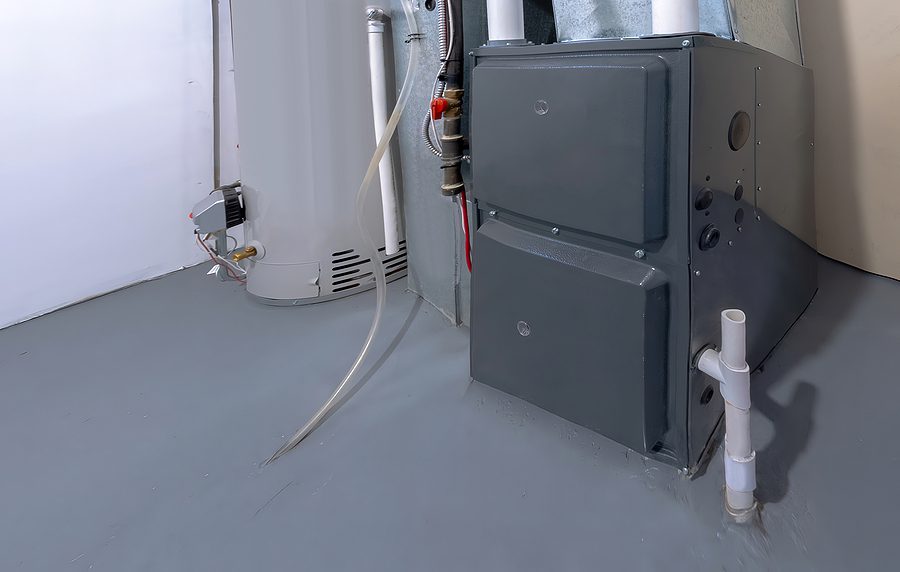
A reliable furnace is essential for maintaining a comfortable and safe indoor environment during the colder months. But how do you know if it’s time for a replacement? Here are some key signs to help you determine if you need a new furnace.
- Age of the Furnace
The typical lifespan of a furnace is about 15 to 20 years. If your furnace is nearing or has surpassed this age, it may be time to consider a new one. Older units become less efficient and more prone to breakdowns. Regular maintenance can extend the life of a furnace, but after two decades, replacement is often the best choice for efficiency and reliability.
- Increasing Energy Bills
If your energy bills are steadily climbing without any change in usage, an aging furnace might be the culprit. As furnaces age, they lose efficiency and require more energy to produce the same amount of heat. Modern furnaces are designed with advanced energy-saving technology, so upgrading can provide immediate cost savings on utility bills.
- Frequent Repairs
A furnace that needs frequent repairs is a clear sign of declining health. If you’re calling a technician several times a season, the costs can quickly add up. Compare repair expenses with the cost of a new furnace. As a rule of thumb, if repair costs are more than half the price of a new unit, it’s likely time to replace it.
- Uneven Heating
If some rooms in your home are significantly warmer or colder than others, it may indicate that your furnace can no longer distribute heat effectively. Aging furnaces often struggle to provide consistent warmth, leading to uncomfortable hot and cold spots in your home. Newer furnaces offer more consistent heating and can be better tailored to your home’s layout.
- Unusual Noises
Furnaces that are in good condition generally run quietly. However, as they age, parts can wear down, causing them to make unusual noises. Banging, rattling, or humming sounds could indicate serious issues such as loose parts, worn-out components, or motor problems. A new furnace will operate more quietly and efficiently.
- Yellow Burner Flame
The burner flame on a healthy gas furnace should be blue. A yellow or flickering flame can indicate the presence of carbon monoxide, a dangerous and potentially deadly gas. If you notice a yellow flame, contact a professional immediately to check for leaks and other safety hazards.
- Dry or Dusty Air
An old furnace may struggle to filter and circulate air properly, leading to dry or dusty indoor air. If your home feels overly dry, or you notice an increase in dust or static electricity, your furnace might be the issue. Newer furnaces often have built-in features that improve air quality by filtering out allergens and humidity control.
- Frequent Cycling
If your furnace is constantly turning on and off, it may be short-cycling due to wear and tear, overheating, or faulty components. Short cycling can cause unnecessary strain on the furnace, increasing energy bills and reducing the unit’s lifespan.
- Visible Signs of Rust or Cracks
Visible corrosion or cracks in the heat exchanger are serious red flags. This could lead to dangerous gas leaks and structural failure of the unit. If you notice any rust, corrosion, or cracks, it’s likely time to replace the furnace.
- Inconsistent Thermostat Readings
If you find yourself constantly adjusting the thermostat, your furnace may be struggling to maintain a steady temperature. Newer systems are more responsive to thermostat settings, providing better comfort control.
When to Call a Professional
If you’re experiencing any of these symptoms, it’s best to consult a professional HVAC technician. They can evaluate the condition of your furnace and help you decide if repair or replacement is the best option. Investing in a new furnace can provide peace of mind, improve comfort, and save you money on energy bills.

